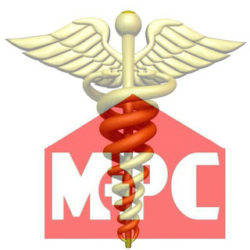The novel coronavirus, or SARS-CoV-2, causes a disease called COVID-19. This can produce symptoms similar to those of other respiratory conditions, such as allergies or the flu.
This article looks at the symptoms of COVID-19 and how to tell them apart from those of colds, flus, and allergies.
It will also cover some home treatments and when to see a doctor.
The primary symptoms of COVID-19 are:
- a dry cough
- a fever
- shortness of breath
Symptoms may appear 2–14 days after exposure to the virus. Some people might also experience other symptoms, such as:
- a sore throat
- a headache
- diarrhea
- muscle pain
- chills
- new loss of taste or smell
People may have mild symptoms to start with, which might gradually become more severe.
According to the World Health Organization (WHO), around 1 in 6 people experience serious symptoms of COVID-19, such as breathing difficulties.
On the other hand, some people may have the virus but feel well and not experience any symptoms at all.
The symptoms of COVID-19 can be similar to those of other respiratory conditions, such as colds, flus, and seasonal allergies.
The main difference between COVID-19 and colds and flus is that it causes shortness of breath but potentially no other symptoms.
People with asthma may find that a cold or flu worsens their condition, however. This can also cause shortness of breath.
Although allergies can cause some symptoms similar to those of COVID-19, they rarely cause a dry cough and do not typically cause a fever.
Below is a table of symptoms that can help people tell the difference between COVID-19 and other illnesses.

